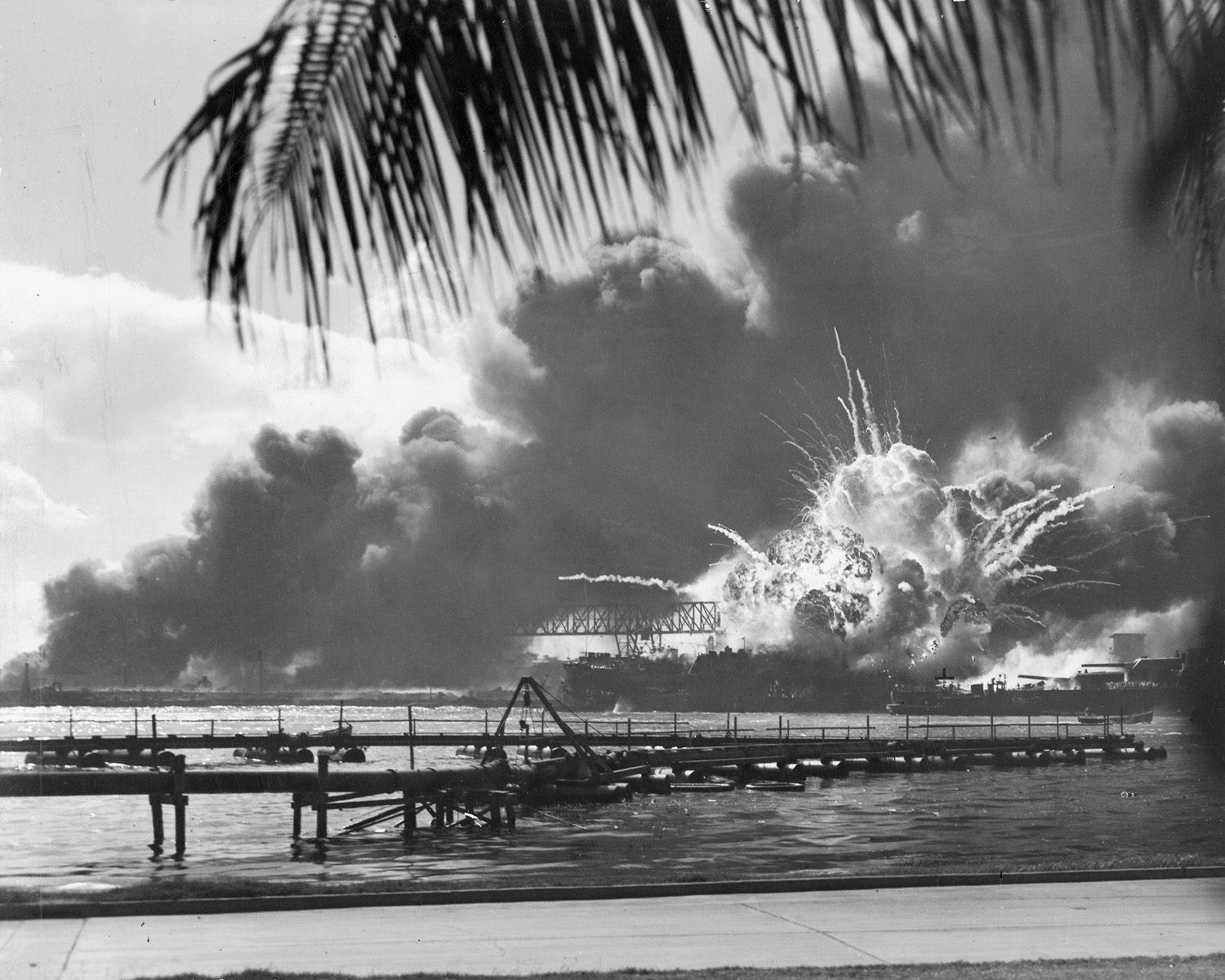Transportation, entry ticket & guide included
Discover the highlights of Pearl Harbor, along with skip-the-line admission to the USS Missouri and USS Arizona Memorial, plus a sightseeing tour of downtown Honolulu during this 7-hour trip. History buffs will especially appreciate this in-depth visit to the site of one of America’s most famous military moments.
Pick times are between 6:30 AM – 8:00 AM. You will receive your finalized pick up time and location via text on the day prior to your tour date, please be sure to put your correct phone number. Guests staying at hotels in Ko Olina Area will need to find own transportation to Pearl Harbor Tours Office. Pearl Harbor Tours Office Address 891 Valkenburgh St, Honolulu, HI 96818 Park at the empty lot next door to the fire station. Your guide will be in contact for further instructions on where to park and will pick you up at this office.
Pearl Harbor National Memorial Completely immerse yourself in WWII History and let history come alive with this tour. An extraordinary opportunity to see the 608-foot-long USS Arizona as she rests on the floor of Pearl Harbor. Below the waterline, you will see the mammoth Arizona guns that were never fired in battle. Tour guide will come escort you inside Visitor Center but not on the memorial. Our tour guide will give you a short orientation inside the Visitor Center and will wait outside for you. 2 hours • Admission Ticket Included
Battleship Missouri Memorial Enjoy a guided tour of the battleship Missouri where the Japanese surrendered in WWII.USS Missouri is the site where World War II formally ended; it is our primary artifact; it is the place we work and explore, it is an obligation to future generations, it is an inspiration to millions of visitors; it is quite simply America’s Battleship.
1 hour • Admission Ticket Included
USS Missouri has served proudly through WWII, the Korean War, and the Gulf War for a 51-year long career. Launched from the Naval Shipyard in Brooklyn in 1944, USS Missouri entered the Pacific Theatre in early 1945. She participated in the invasion of Iwo Jima and Okinawa. She joined in on air strikes and shore bombardment on mainland Japan. Most famously, the battleship hosted the surrender ceremony of Japan on 2 September 1945.
USS Missouri returned to the Pacific for the Korean War. Deployed from September 1950 to March 1951 and again from September 1952 to March 1953, the battleship supported the final days of the Battle of Inchon by providing shore bombardment and was present for the Battle of Chosin Reservoir, providing fire cover for the Marines. Throughout the war, she steamed with and provided anti-aircraft cover for aircraft carriers in their task force in addition to bombarding Korea’s coastline.
Decommissioned in 1955, the battleship found new life in 1986. She participated in Operation Earnest Will in the Middle East, escorting Kuwaiti tankers flying under the U.S. flag. In the 1990s, Missouri returned to the Middle East to bombard Iraqi forces in Kuwait and Saudi Arabia and participated in the Battle of Kafji.
In 1992, the battleship was decommissioned for a final time. In 1998, she opened her water-tight doors again as a historic museum.
- On the morning of December 7, 1941, Japan attacked the US naval base at Pearl Harbor, Hawaii.
- The surprise attack by some 350 Japanese aircraft sunk or badly damaged eighteen US naval vessels, including eight battleships, destroyed or damaged 300 US aircraft, and killed 2,403 men.
- Across the nation, Americans were stunned, shocked, and angered. The attack turned US public opinion in favor of entering the Second World War. The United States declared war on Japan on December 8, 1941.
- Japan’s allies, Germany and Italy, declared war on the United States on December 11. The United States responded in kind, and therefore entered World War II.
The Pearl Harbor attack

Motive for the attack
Forewarnings about the attack
MORE to do OAHU

